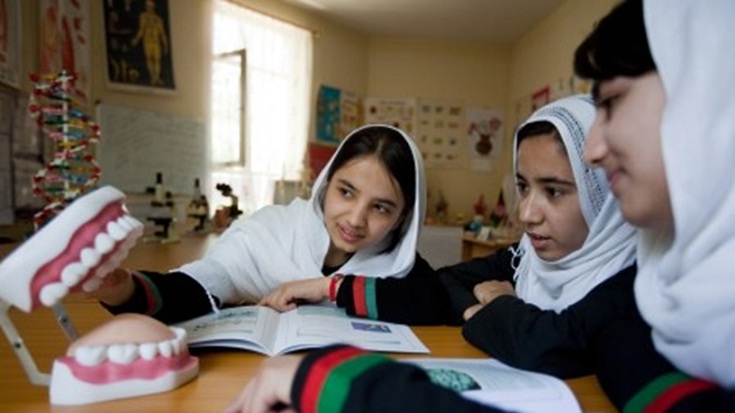Challenges
Afghanistan faces a daunting set of challenges after almost three decades of conflict. By 2010, the Government of Afghanistan initiated the Kabul Process, which aims to support full Afghan leadership and responsibility for the development of Afghanistan over the coming years. The government has initiated 23 National Priority Programs (NPPs) covering such areas as governance, service delivery, and infrastructure. The government asked donors to align their programs with the NPPs to coordinate and target development efforts in support of principles of aid effectiveness.
Meeting the Challenges
The World Bank’s current engagement with Afghanistan is determined by the Interim Strategy Note (ISN), which is closely aligned with the government’s Afghanistan National Development Strategy. World Bank support to Afghanistan over 2012-2014 is based on supporting the delivery of some of the country's most important national priorities. It is also grounded in helping the government manage the critical transition from security and development dominated by the international community to one led by the government by the end of 2014. World Bank Group support is provided around three themes:
1. Building the legitimacy and capacity of institutions
2. Equitable service delivery
3. Inclusive growth and jobs
Bank Group Contribution
The Bank is delivering its program through International Development Association (IDA) grants, from which Afghanistan receives about $150 million per year, as well as the Afghanistan Reconstruction Trust Fund (ARTF), which could potentially provide up to $800 million per year in grants during the period of the Interim Strategy Note (2012-2014). The Bank’s private-sector arm—the International Finance Corporation (IFC)—is also strengthening its support to private sector companies and improving the business environment.
Since 2001, the International Development Association has provided $2.75 billion in financing to the Government of Afghanistan for a large number of development and emergency reconstruction projects. This support comprises $2.31 billion in grants and $436.4 million in no-interest loans also known as ‘credits’. As of January 2014, IDA has 20 active projects in Afghanistan with net commitments of almost $1 billion.
In recognition of the enormous challenges of a post-conflict setting, IDA has provided exceptional levels of financial support to Afghanistan. IDA support emphasizes national programs that are improving the lives of millions of Afghans across the country, including in the areas of health, education, rural development, and public finance management.
The International Financial Corporation has provided support through investments totaling some $90 million, as well as advisory assistance in seven interventions in the areas of Access to Finance, Investment Climate Reform, Agribusiness, Small and Medium Enterprise training and Public Private Partnerships. IFC is working towards increasing its commitments to the private sector and assessing the possibility of increasing its advisory work in different areas.
The Afghanistan Reconstruction Trust Fund has been the largest single source of external on-budget financing that supports Afghanistan’s National Priority Programs, government operating costs and salaries, as well as the policy reform agenda for the past 12 years. It includes support for development projects in health, education, rural development, and infrastructure. Since its inception, 33 donors have contributed a total of $6 billion to ARTF. It is administered by the World Bank in close cooperation with the Government of Afghanistan, represented by Ministry of Finance, as well as the many donors.
The Multilateral Investment Guarantee Agency (MIGA), the World Bank’s political risk insurance and credit enhancement arm, promotes foreign direct investment into emerging economies to support economic growth, reduce poverty, and improve lives. MIGA has $153 million of gross exposure in Afghanistan, supporting telecommunications and agri-business projects. MIGA recently launched its "Conflict Affected and Fragile Economies Facility", which will boost the agency’s exposure in Afghanistan. MIGA is currently supporting two projects in Afghanistan, one of which is a joint effort with IFC in the telecommunications sector (MTN) and the other is MIGA-only in the Traitex industry.

